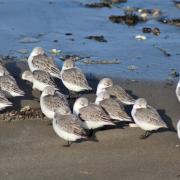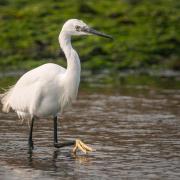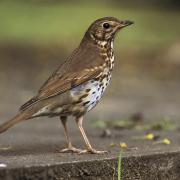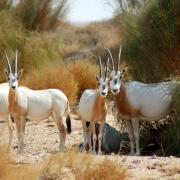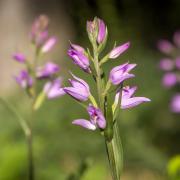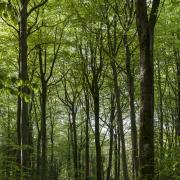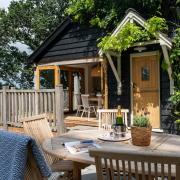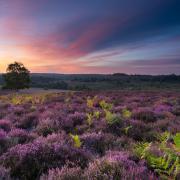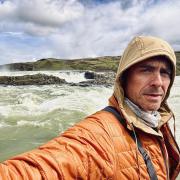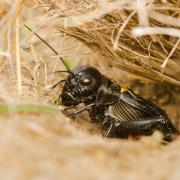Head to our Hampshire and Isle of Wight coastline to catch a glimpse of the underwater world says Lianne de Mello
We all like to be beside the sea - the smell of salt spray, the gentle lapping of the waves on the shore, the soft sand between our toes… But take a dip beneath the surface of the UK’s seas and there’s so much more to see than first meets the eye. Seals weave in and out of sunlit kelp forests, cuttlefish flash all the colours of the rainbow, starfish graze along the muddy seabed and sharks zip through the open waters.
Many people consider the sea simply as a huge expanse of water – vast, deep and maybe a little scary. But a huge variety of habitats can be found here. Many people are unaware of the wonderful, nationally scarce, seagrass meadows which we are fortunate to have on our doorstep.
In the shallows in and around the Solent, seahorses and bass hide among underwater meadows. As well as providing a great nursery habitat for young fish, it’s also the only true flowering plant in the sea and it also absorbs harmful nutrients.
There’s so much variety in our marine habitats beyond seagrass beds - close to shore, rocky reefs create rockpools that teem with anemones and starfish, while further out to sea, deep-water corals provide nursery sites for many of our commercial stock such as cod and crab.
We can get a glimpse of life beneath the waves at our local beach. Hampshire & Isle of Wight Wildlife Trust’s top wildlife experience for August is exploring your local coastline, so here are some things you can do with your family on a seashore safari:
Rockpooling
Explore the rockpools on the lower shore as the tide goes out. It is best to use your hands to collect creatures as nets can cause damage. Make a simple ‘aquascope’ to look underwater using an old plastic tub and plastic wrap. Always go rockpooling on a falling tide - 1-2 hours before low tide is best – and don’t forget to return any creatures back to the water!
Exploring the strandline
Can you see a line of seaweed washed up on the beach? That’s the strandline, which is a great place to look for interesting things that have been brought onto the beach by the tide. The eggcases of sharks and rays, nicknamed ‘mermaid’s purses’, are often found on our local beaches, as are whelk egg cases and cuttlebones.
Beach art
Decide on something to make, this could be a sea creature such as a crab or seahorse, or an underwater scene. Then start collecting beach material such as washed up seaweed, driftwood and different coloured pebbles. It might be useful to mark off an area for the beach art with rope. Don’t forget to take a picture before the tide washes it away.
Pebble towers
Or you could have a competition to see who can make the tallest tower out of stones or the tallest pebble mountain.
More wildlife…
• Blue butterflies in Hampshire - The sight of blue butterflies flitting across the Hampshire chalk downland is the epitome of summer says Lianne de Mello






